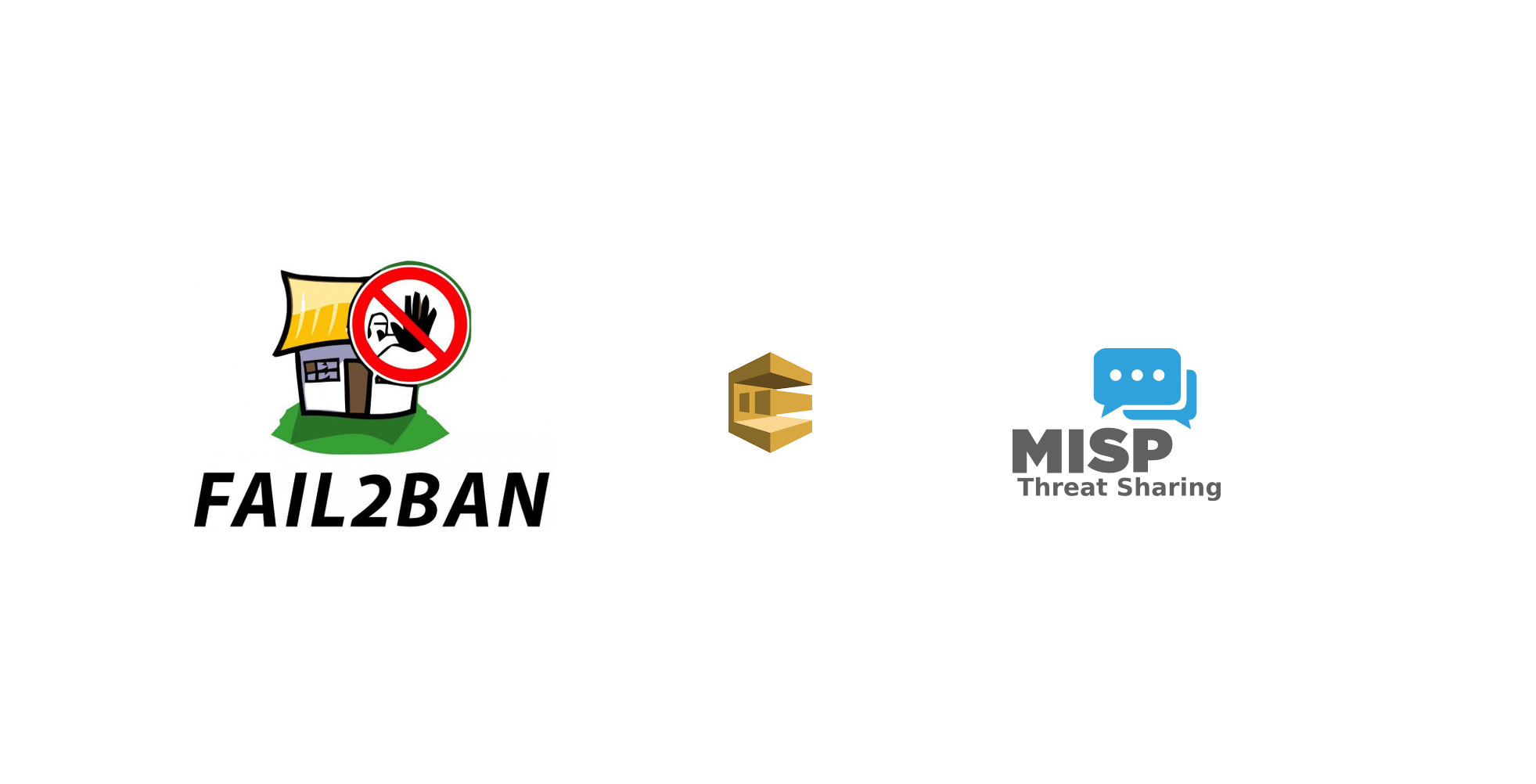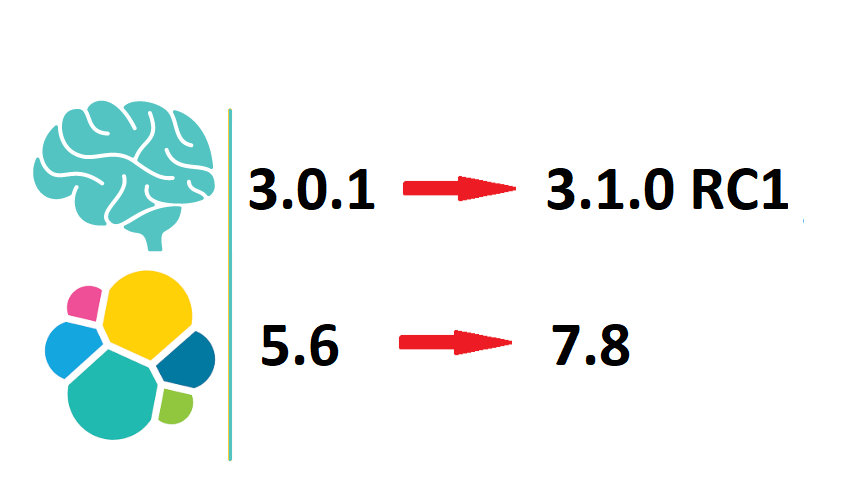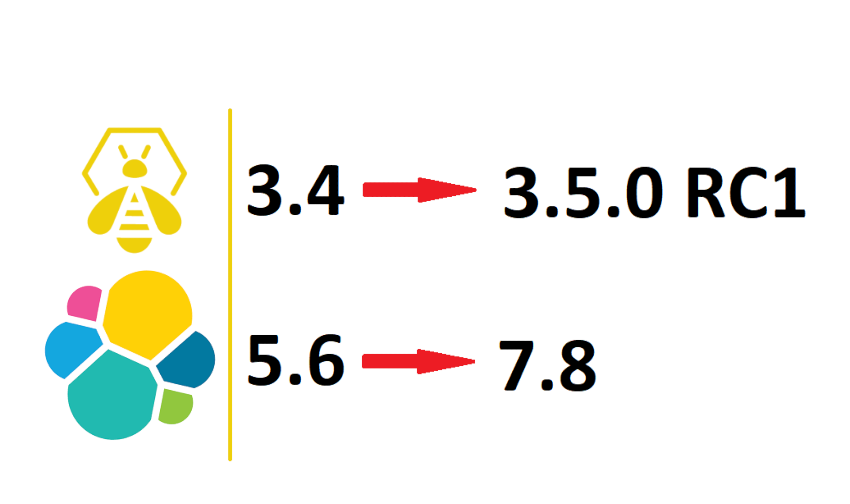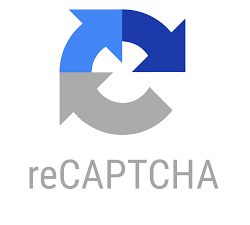Using Mitre Attack Navigator Locally
In my last post about the MITRE attack Navigator I covered how you can create multiple layers and then aggregate them together which is all well and good until you realise, that if you wanted to see that level of detail each time you accessed the Attack Navigator you need to specify that json file. This is where this post comes in. Its quite a straight forward process to host your own navigator and further customise it to suit your needs.











